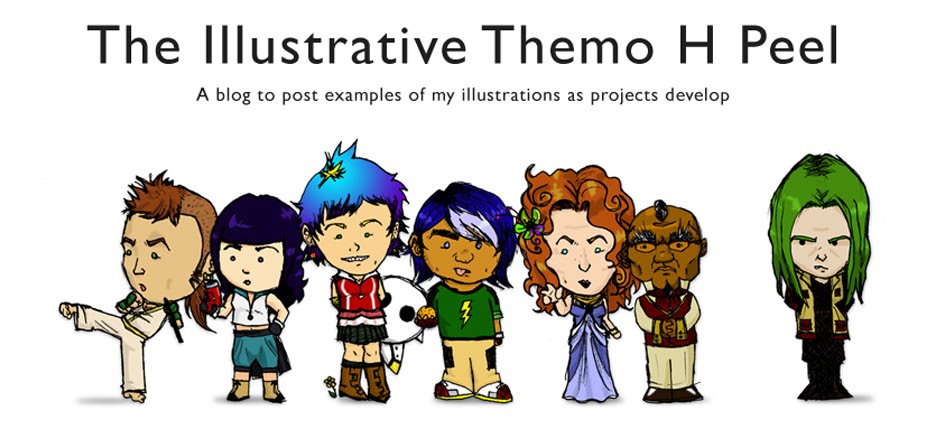"My passion and vision is to bring the colourful character of Edinburgh to life on stage"
 |
| Sunshine on Edinburgh Castle |
I won't give too many secrets away about the actual production because you'll have to come and see it (18 - 22 October, Church Hill Theatre, Edinburgh). This is more about my process and how I've started pulling it together.
So, where to start with directing a show? For me, the devil is in the details. And the best way to find that out is with one of my favourite pass-times: creating spreadsheets!
I literally have a Microsoft Excel spreadsheet for my life! When I'm working to achieve any goal I need to have it all spelled out on paper - what I need to do, how I need to do it and when I need to do it by. I wish I could say I grew out of needing to get straight As but actually having a progress report is something that motivates me. So, go with what works.
 |
| Scene list |
Now that my skeleton is started I need to put some meat on the bones!
"Why don't you do the storyboards in Lego‽"
I used to draw my storyboards by hand, sketching all the figures, placement and lighting that I wanted (left). I would then construct a model set and show the cast so they begin to get an idea of the space that they'll be moving in.
This time, for fun, I constructed the model set out of Lego. Once I'd done that a friend said, "Well, why don't you just do the storyboards in Lego as well?!" Talk about a lightbulb moment!
 |
| Lego people are people too! |
 |
| Mood board |
When we start rehearsing scenes I'll bring out the storyboards to give people a general idea of blocking. Doing this from the start means I have more time to spend on getting to the heart of a scene and really building up the relationship between characters. The boards are also really useful for the company who may not have a principal part, but need to know how the show is put together and how their scenes fit into the larger whole. Nothing worse than finding out at the last minute what your purpose and placement on stage is.

How we all work together from the get-go is really important. I find doing actual scene work and workshops to be the best method to get the cast working together and learning about each other. For our first rehearsal I developed our own version of Scottish pub story telling. In the show The Proclaimer's song 'Over and Done With' is dramatised as such a story telling session. I created a wheel of 'topics' (the themes taken directly from the show + some crowd favourites). This I dubbed "Allegro and Done With".
And now that our body is built up, the structure is supported with the accoutrements that will make the show look amazing, it's time for the people to bring it to life!
Auditions are a tough process. Everyone in the company is talented and they all have a special something that will dazzle any audience. But, having the right combination of dazzle often takes precedence over individual talent. From the cast on stage to the crew and costumers, it's about how well we all work together.
I used this as a chance to get members of the company out of their seats and performing for each other. The idea was not only to break the ice, but to get people used to performing and thinking on their feet. Spontaneity is something that is inevitably needed in live theatre. And, the sooner cast get used to the idea of performing for and respecting each other, the better prepared they'll be when it comes time to hit the real stage.
"Allegro and Done With" definitely broke the ice. In fact some people's stories broke the ice, melted it down, mixed in a bit of fruit squash and served it to the whole cast as a refreshing beverage!
Hope you enjoy!
‽
Buy 'Black Star' or 'Spirit Shear' on Amazon in the UK and US
Check out Themo on Twitter and Facebook

